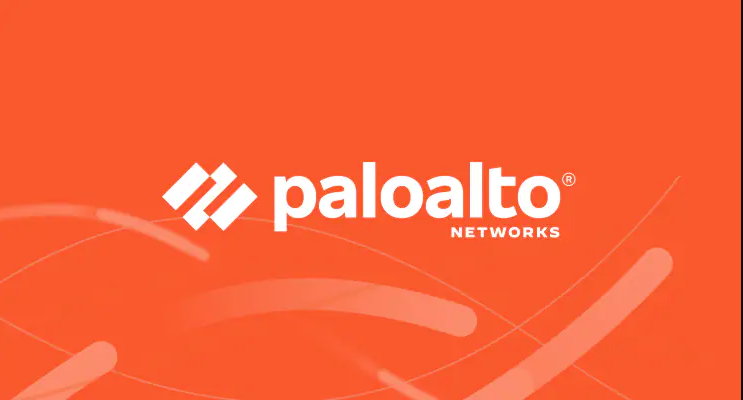Going into the Darknet: How Cynet Lighthouse Services Keep Cybersecurity Teams One Step Ahead of Hackers
By monitoring the darknet, as well as underground forums, Cynet is able to identify and prepare for the latest cybersecurity threats before they reach deafening levels.
By Eyal Gruner, Co-Founder and CEO of Cynet
Data breaches are far from new, but the scale of attacks and sophistication of the attackers has reached all new levels in recent years. Since the pandemic, with the rise in remote work environments and work from home setups, compromised credentials became the most common initial access vector for data breaches in 2022 according to IBM – leading to rampant cybersecurity attacks. Because of the anonymity it offers, the darknet is fertile ground for bad actors looking to buy, sell, and trade large datasets of credential that can be used to access compromised accounts and systems left unchecked.
The alarming rise in compromised credentials led Cynet to launch its Lighthouse Service which monitors underground forums, private groups, and malicious servers for evidence of compromised credentials within the environment – taking its MDR team (CyOps) into the darknet and underground forums to search for potential cybersecurity threats before they become full-on attacks. Unlike traditional darknet monitoring services, Cynet focuses primarily on credential theft monitoring because of the swift rise in leaked credentials.
A Primer on the Darknet and Underground Forums
Unlike the internet we all use to work, shop, and connect online, users must download a special Tor browser or browser add-ons to navigate the darknet. Because there is no link between a user and the user’s IP, the darknet requires specific access (software, configurations, authorization) – thus making it a prime location for illegal activity. Industry analysts estimate that the darknet accounts for 4% to 6% of internet content, with as many as three million users per day.
But the darknet is not the only gathering spot for cybercriminals. The internet we use on a daily basis (Clearnet) also houses underground forums that fuel and empower threat actors. The now seized “RaidForums” and its predecessor, “Breached,” are two popular sites that can be accessed via common web browsers. While the two are…



